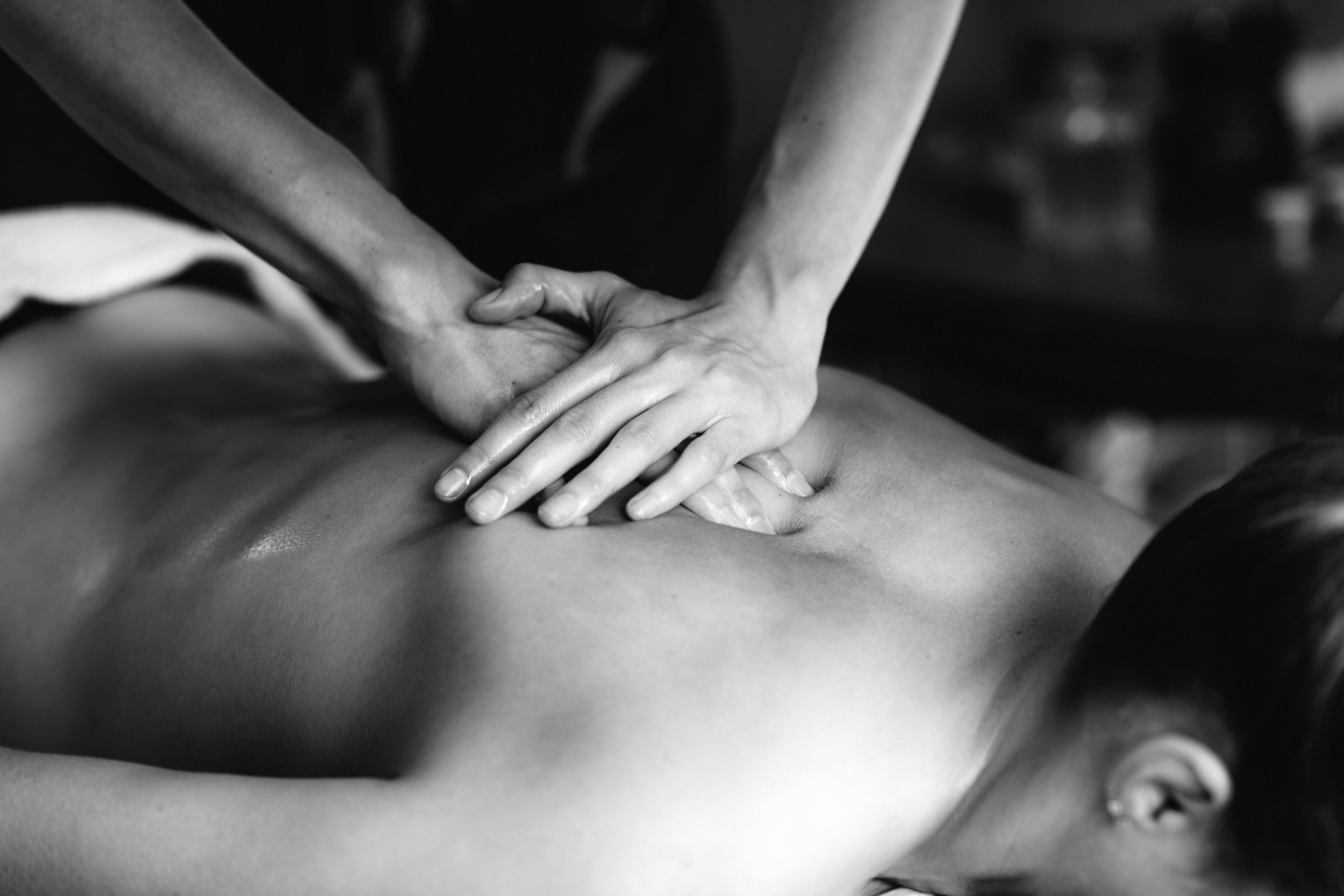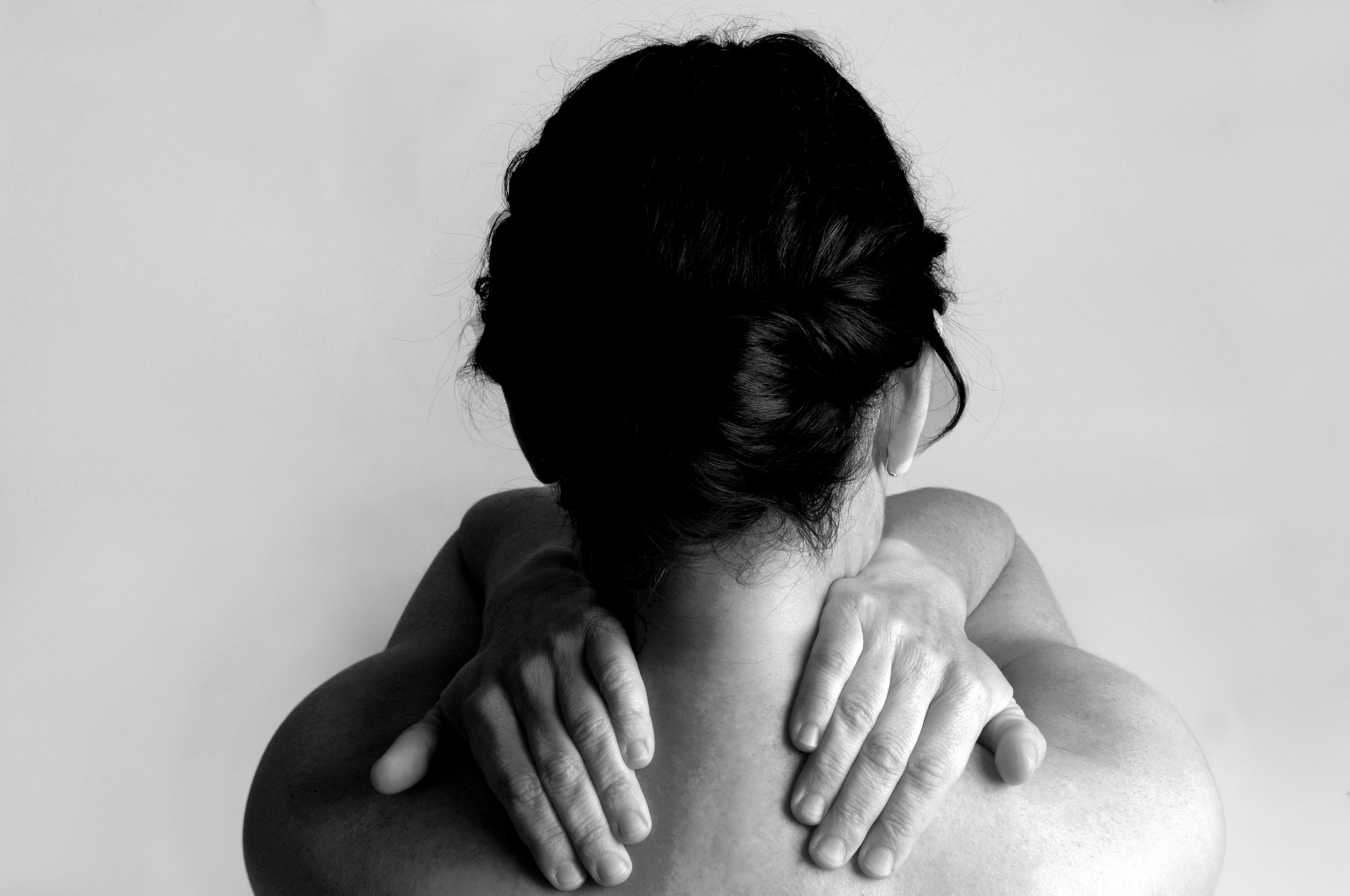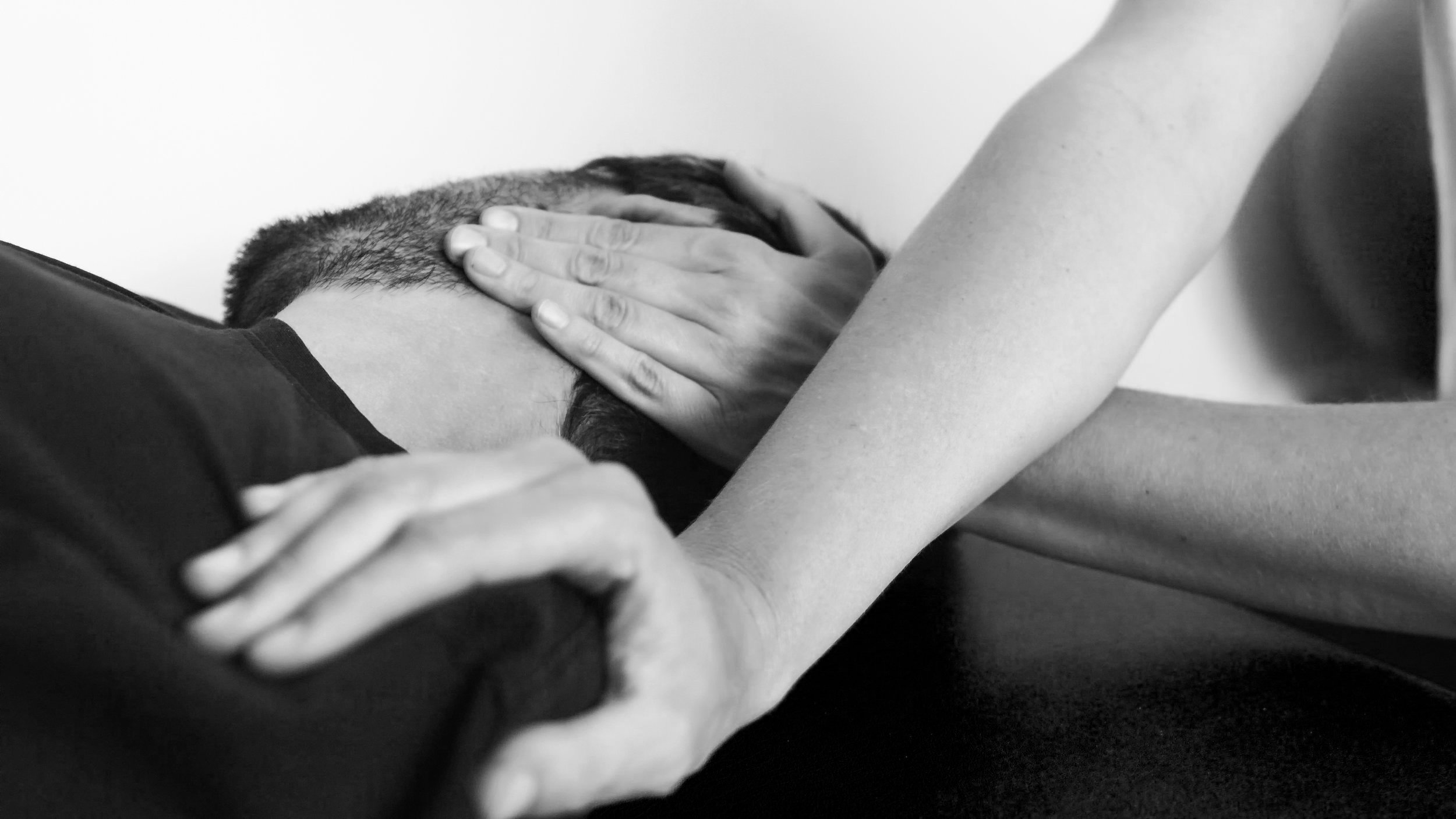
Techniques
Every body is unique and requires a different approach.
I wll work with you and I may refer you to experts that will help design a customized self management program. I will take your preferences and opinions into consideration by sharing education that is simple and clear.
Below are the techniques that I may use for your individual care.
-
Myofascial release (MFR) is a hands-on approach of evaluating and treating facial restrictions. Fascia is connective tissue that is continuous from head to toe covering every bone, muscle, organ, nerve, artery and vein in the body.
Fascia:
It connects all parts of the body to each other. Myofascial tissue normally has a very high water content which allows it and the tissue it surrounds to move freely. When we experience trauma, such as a fall, surgery, or other insult to the body; the water content reduces significantly and the fascia becomes tight and restricted.
The result is increased tension/ load on other systems in the body, such as the muscles and nerves, causing pain in areas of the body that may be far away from the original site of injury. By applying gentle sustained pressure and stretches to the fascial restriction, it releases restriction in the tissue and improves its water content. The result is decreased tension on painful structures and improved mobility.
-
Craniosacral therapy (CST) is a gentle hands on technique to restore normal position and motion of the bones of the skull, spine and sacrum, and to restore cerebrospinal fluid flow. It was developed by an Osteopath, William Garner Sutherland in the early 1900’s.
Cranial Sacral system
The body’s craniosacral system comprises the membranes and cerebrospinal fluid that surround and protect the brain and spinal cord. It extends from the cranium (head) down to the sacrum (tailbone). The cerebrospinal fluid circulates through the brain and spinal cord via the expanding and contracting motions of the craniosacral system. This movement occurs at a normal rate of 6 to 12 cycles per minute and is called the craniosacral rhythm. This craniosacral rhythm can be felt through gentle touch. Restrictions in the membranes of this system can affect the central nervous system and other systems in the body.
Contracture in the soft tissues at the skull and spinal cord can restrict the flow in the craniosacral system. CTS uses the craniosacral rhythm and system as a guide to correct restrictions and to facilitate optimal craniosacral function to normalize the environment of the central nervous system. The result is reduction in pain and improvement in function.
-
Visceral manipulation is a technique focusing on gentle mobilization of internal organs and their fascial connections to promote synchronized movement between the organs and structures that are associated with these organs in the body.
Viscera are the soft internal organs of the body (such as the liver and bladder). These organs have a natural rhythm and motion and are intended to move in harmony with each other. When organs are out of synchronicity with other organs and tissues, it not only affects the optimal performance of the organ itself, but it also affects the surrounding tissue that is connected to the organ through the fascial system. This can happen following abdominal surgery ( C -section;appendectomy) or even undue force such as a seat belt restraint in an MVA!) This can lead to pain in areas far from the area in the body where the organ lies.
By using visceral manipulation, I can improve mobility of the connective tissue to help improve organ mobility and function. This can result in decreased pain in areas of the body affected by the organ and promote the body’s natural healing process.
-
Muscle Energy Technique (MET) is a manual therapy that uses the gentle muscle contractions of the patient to relax and lengthen muscles and normalize joint motion. It is gentle and can be used safely on practically everyone.
What is MET?
It was developed in 1948 by Fred Mitchell, Sr, D.O. It is a form of manual therapy, widely used in Osteopathy, that uses a muscle’s own energy in the form of gentle isometric contractions to relax the muscles via autogenic or reciprocal inhibition and lengthen the muscle. As compared to static stretching which is a passive technique in which the therapist does all the work, MET is an active technique in which the patient is also an active participant.
My training was from Michigan State University College of Osteopathic Medicine.
-
Joint mobilization is a skilled manual therapy technique aimed at improving joint range of motion and reducing pain.
How does it work?
The therapist manually applies targeted pressures or forces on a joint in specific directions to help improve the mobility of that joint. It can be performed at different levels of intensity and is guided by feedback from the patient on comfort. This can be used to improve range of motion and/or decrease pain.
There are several different mainstream approaches to manual therapy; arguably the most common, simplistic form of manual therapy mobilisations from the Maitland school of thought.
"The Maitland Concept of Manipulative Physiotherapy [as it became to be known], emphasizes a specific way of thinking, continuous evaluation and assessment and the art of manipulative physiotherapy (“know when, how and which techniques to perform, and adapt these to the individual Patient”) and a total commitment to the patient."
The concept is named after its pioneer Geoffrey Maitland who was seen as a pioneer of musculoskeletal physiotherapy, along with several of his colleagues.
-
Muscle tension can often decrease once joint motion is restored, but many times the spasm will continue to be present. In such cases, muscle tension should be addressed or the joint dysfunction may return. The goal of soft tissue mobilization (STM) is to break up inelastic or fibrous muscle tissue) such as scar tissue from a back injury, move tissue fluids, and relax muscle tension.I I will localize the area of greatest tissue restriction through layer-by-layer assessment.
There are many different types of soft tissue mobilization other than just the traditional “hands on” approach. Some of the more specialized techniques that I perform may include the use of instruments or Cupping.







